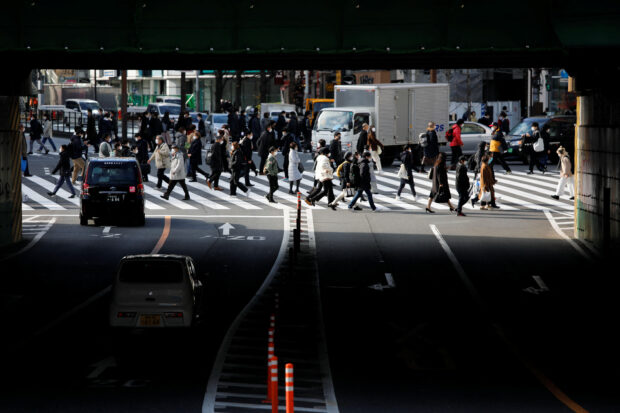
TOKYO – Japan’s economy grew more than initially thought in January-March, revised data showed on Thursday, as a post-pandemic pickup in corporate and consumer spending helped offset the hit to exports from slowing global demand.
With inflation running at a four-decade high, further growth in the world’s third-largest economy will depend on sustained wage hikes, which the Bank of Japan and the government regard as core policy objectives.
Japan’s gross domestic product (GDP) expanded an annualized 2.7 percent in January-March, against a preliminary estimate of a 1.6- percent growth and much higher than economists’ median forecast for a 1.9 percent rise.
https://business.inquirer.net/401271/japan-emerges-from-recession-on-post-covid-consumer-rebound
The growth followed two straight quarters of contraction in the second half of last year, the definition of a technical recession.
The January-March expansion translates to a 0.7- percent quarter-on-quarter rise, data released by the Cabinet Office showed, against a preliminary reading of 0.4 percent and economists’ forecast for a 0.5- percent increase.
Capital spending rose 1.4 percent, upgraded from initially estimated 0.9 percent after Ministry of Finance data last week showed that Japanese manufacturers’ business spending was growing at the fastest rate since 2015.
Private consumption, which makes up more than half of Japan’s GDP, grew 0.5 percent, revised down slightly from an initial estimate of a 0.6- percent increase.
Domestic demand as a whole contributed 1.0 percentage point to the revised first-quarter GDP growth, more than initially estimated, while net exports detracted 0.3 of a percentage point, the same rate as in the preliminary estimate, the data showed.
RELATED STORIES:
https://business.inquirer.net/389790/japans-real-wages-drop-at-fastest-pace-since-2014-as-hot-inflation-takes-toll
https://business.inquirer.net/401595/japans-consumer-inflation-stays-above-central-bank-target-as-price-hikes-broaden


